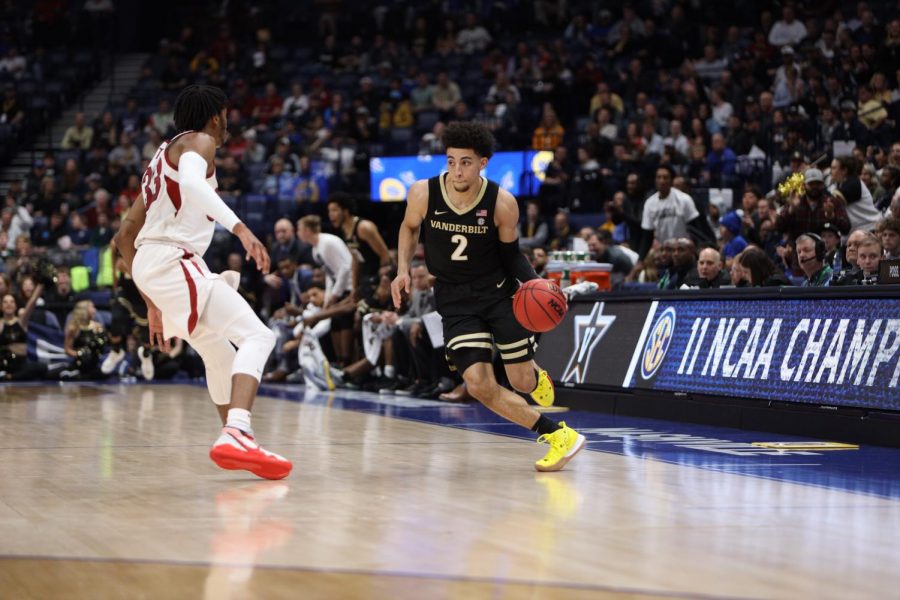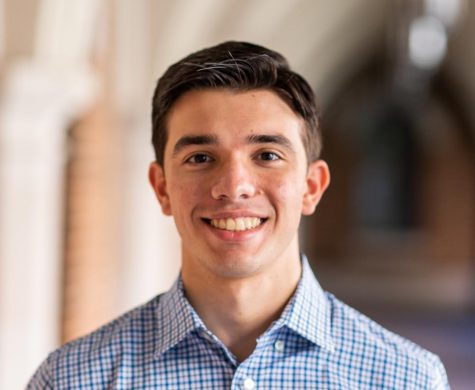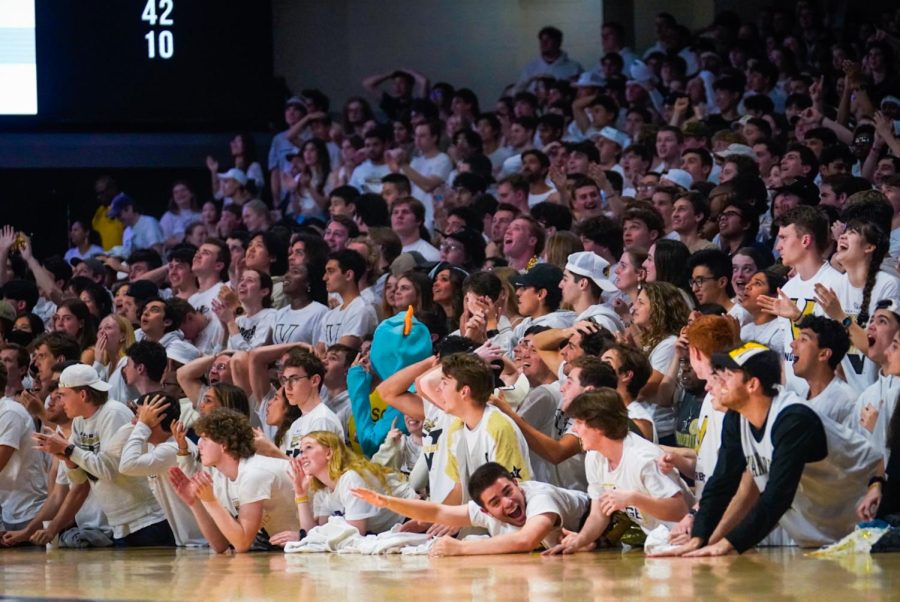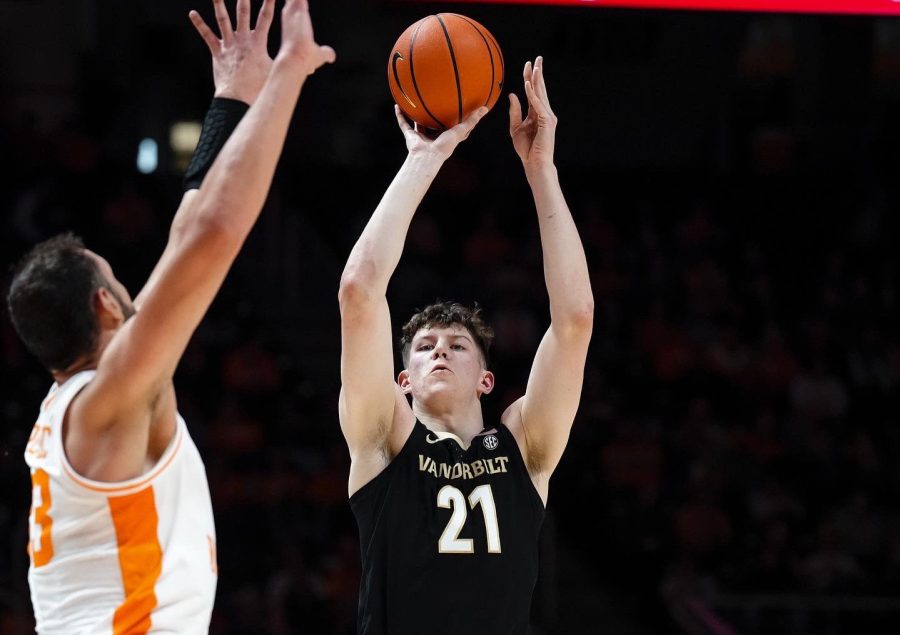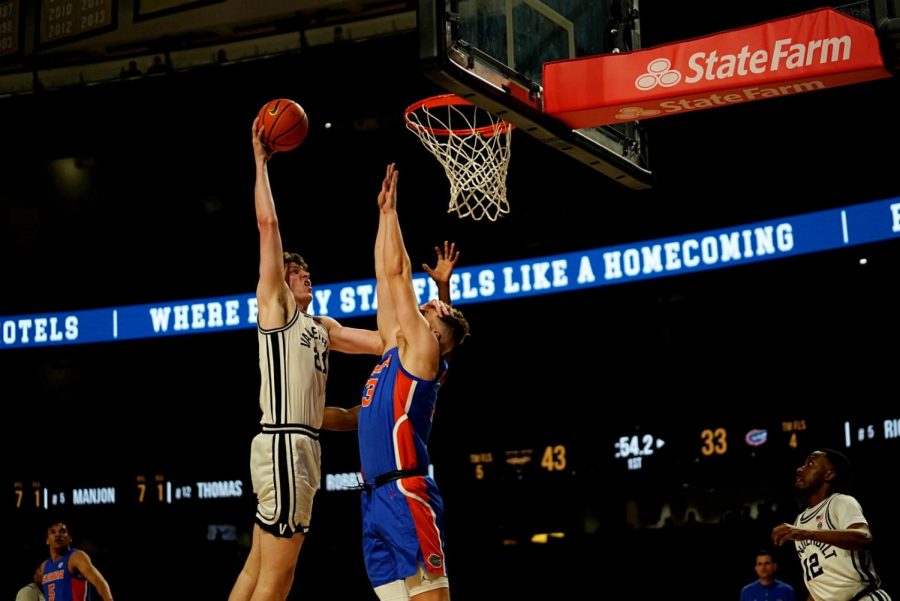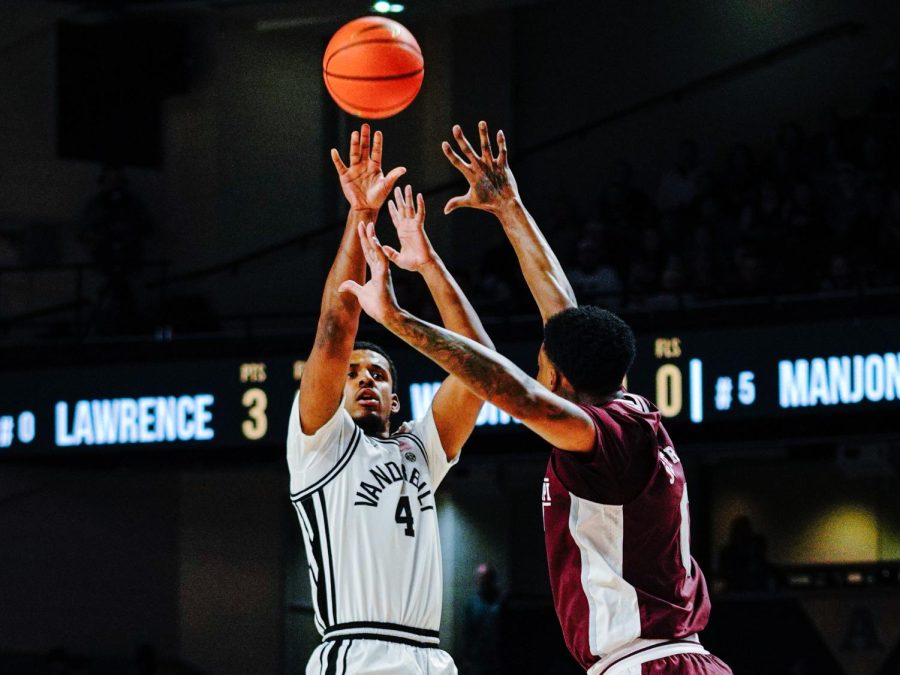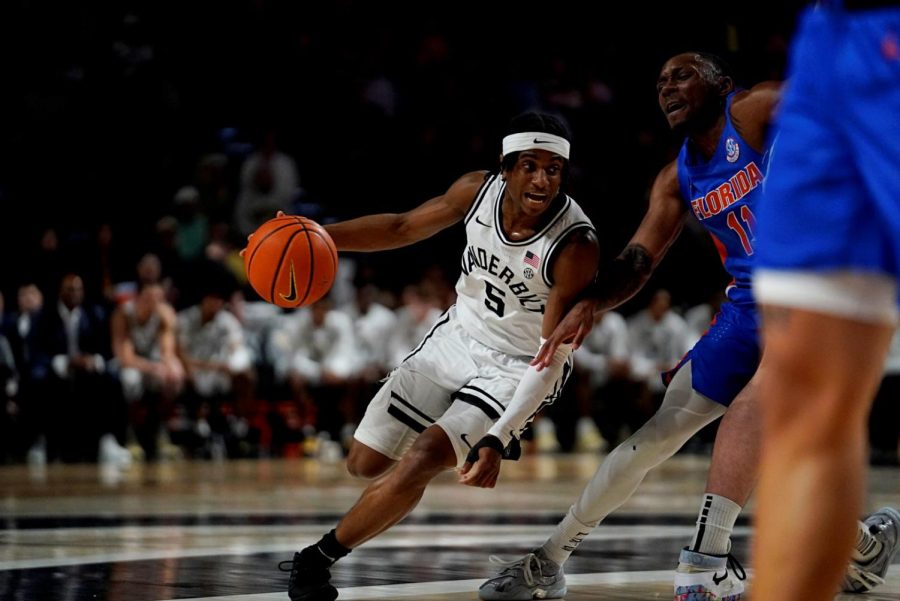It has been seven months since we last saw the Vanderbilt Commodores suit up and play, but Vanderbilt basketball is finally right around the corner. The season will start on Nov. 10, when head coach Jerry Stackhouse’s squad faces off against Alabama State at Memorial Gymnasium.
With a new-look roster and a full slate of nonconference and SEC games, here are three things to watch for before the season kicks off.
How will all the new pieces be integrated?
The Vanderbilt roster underwent major turnover in the offseason. From last year’s squad, the Commodores’ lost nine players to the transfer portal and/or graduation, including five of the team’s nine leading scorers and four of the six leaders in minutes per game.
The list of departures includes guards like Maxwell Evans and Issac McBride, wings such as DJ Harvey, and bigs in Dylan Disu and Clevon Brown. To counter these player exits, Stackhouse brought in eight players between freshmen recruits and transfers, ranging from graduate transfers to 4-star high schoolers to sophomores who are immediately eligible to play after transferring.
What the Commodores may have gained in talent, they are losing in experience. Many of the players who left were veterans and team leaders who spent the past two seasons playing under Stackhouse and developing chemistry with the rest of the squad, while all eight newcomers have yet to play a minute in Memorial. Despite all the retooling, Stackhouse has been pleased with how the roster’s current veterans have helped the new players adjust to Vanderbilt.
It usually takes time for teams to develop chemistry after so much turnover, especially early on in the season, but this reset could be exactly what a Vanderbilt program that has massively struggled recently truly needs.
Who will replace Dylan Disu’s production?
Of all the departures, the most significant one is that of Disu—a junior big man who transferred to the University of Texas. Even though Disu missed the latter part of last year with a season-ending meniscus injury, he played in 17 of the team’s 25 games and finished second on the roster in scoring at 15 points per game. He also would have led the SEC in rebounding with 9.2 rebounds per game had he been eligible, and functioned as the squad’s main rim protector while also spacing the floor on offense, shooting nearly 37 percent from 3-point range. Needless to say, this is a huge loss for the Commodores, and his versatility will be very difficult to replace.
Unfortunately, despite Stackhouse’s transfer and recruiting haul, the Commodores will once again be one of the smaller teams in the conference, as only two players on the current roster are listed as taller than 6’8’’. Fortunately, one of those two is Liam Robbins, a grad transfer from Minnesota who is 7’0’’, protects the rim effectively—2.9 and 2.7 blocks per game the past two seasons, respectively—and can shoot 3s (over two attempts per game last season at almost 33 percent). While Robbins is likely the player who will fill in for Disu the most, he is currently out with a foot injury, though Stackhouse expects to see him on the court in the coming weeks.
Another way the Commodores will try to replace Disu’s production, especially while Robbins is out, is through small ball. Both of Stackhouse’s previous teams have played small due to a lack of scoring big men outside of Disu; this year will likely be no different, as Vanderbilt will try to maximize its system that emphasizes the 3-point shot and spacing.
Expect forwards Jordan Wright and Myles Stute to see their roles increase from last year and do not be surprised when newcomers Shane Dezonie, a powerful guard, and forwards Gabe Dorsey and Terren Frank see a lot of playing time this season.
What will we see from Stackhouse in year three?
In two years at the helm of Vanderbilt basketball, Stackhouse has 20 wins and a .351 winning percentage after inheriting the only roster in SEC basketball history to have gone winless in the conference. Amidst a variety of injuries to star players, changes within Vanderbilt leadership and COVID-19 cancellations, Stackhouse has had to deal with a lot of uncertainty in his time on West End. After noticeable improvements from his first season to his second, expectations are as high as they have ever been for the third-year coach, as fans are desperate for wins.
For the first time in three years, Stackhouse finally has a roster that is (mostly) his. Fourteen of its 16 players were recruited by the former NBA All-Star and he also added two new assistant coaches to the staff in the offseason. Stackhouse has remade Vanderbilt basketball with hopes of taking the next step as a program. It will be up to the third-year coach to lead the team to that next level.
For a team that hopes to make it to the NCAA Tournament this season, a major step forward needs to be taken. Last year’s team finished 9-16 overall with only three wins in the SEC, meaning they were very far away from an NCAA Tournament appearance. With so much roster turnover, Vanderbilt will need its newcomers to step up and outperform the players they are replacing. Stackhouse will work hard to see this through.

